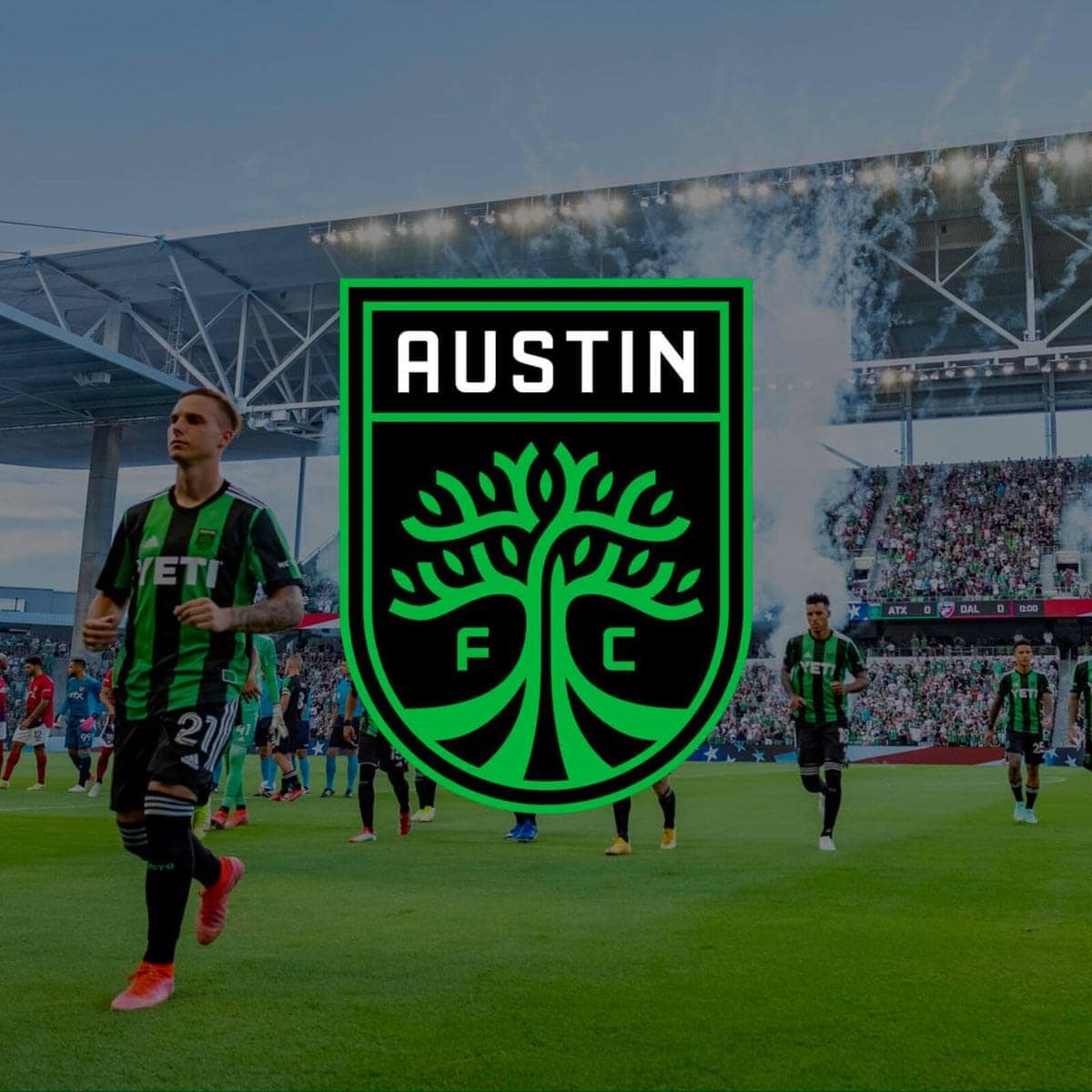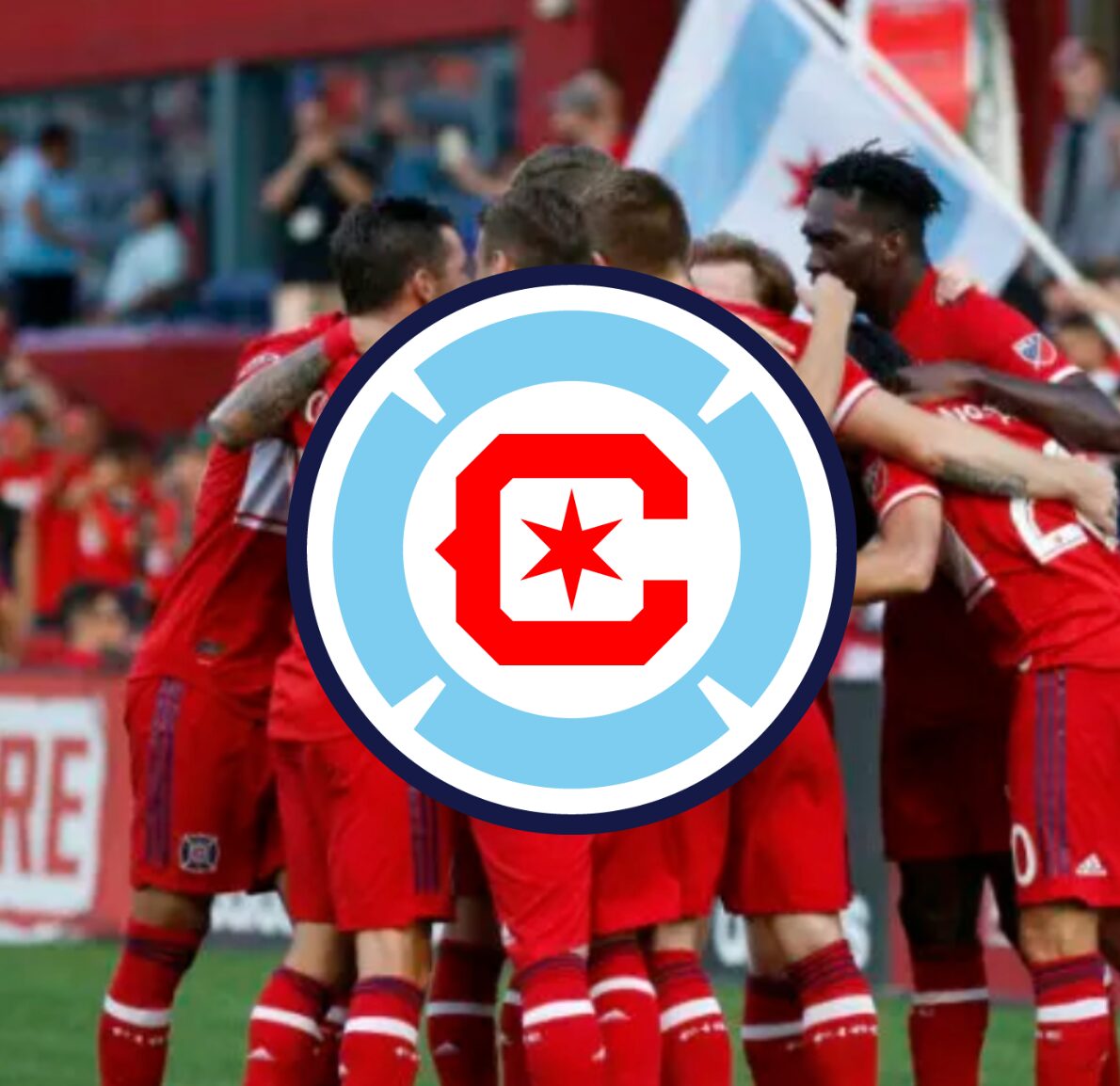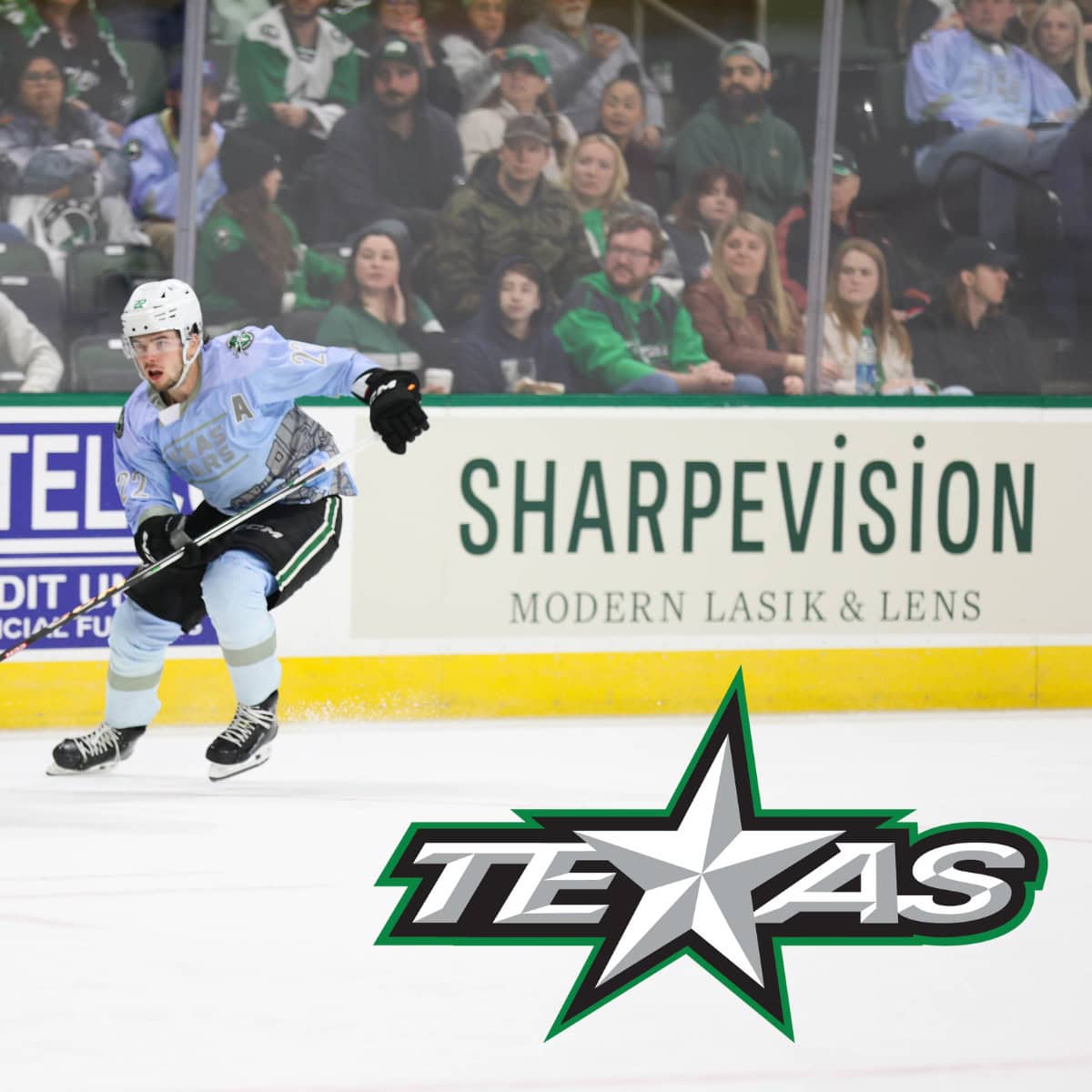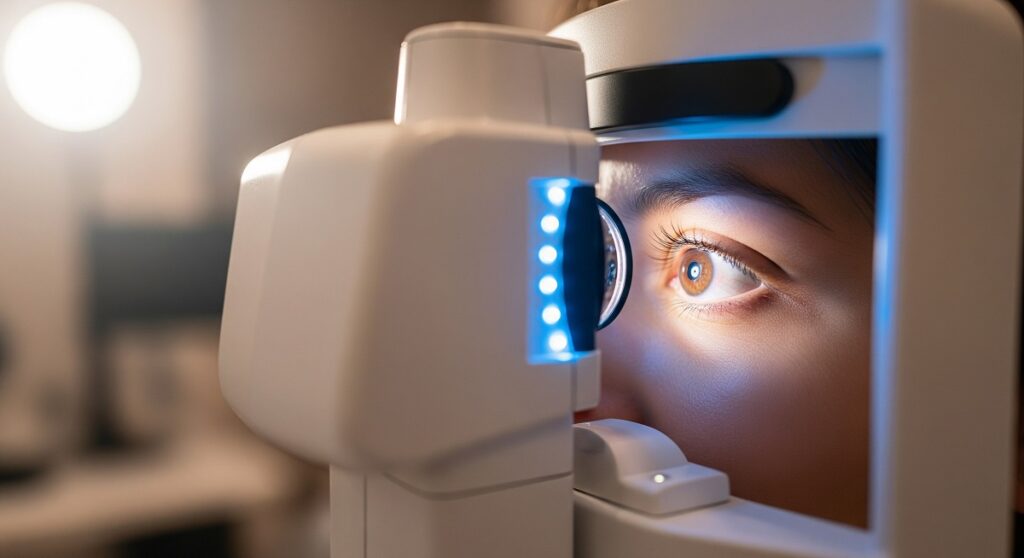
LASIK Alternatives: Find the Best Vision Correction for You
LASIK isn’t the only option for achieving clear vision. This guide compares the leading types of corrective eye surgery so you can choose the best vision correction procedure.
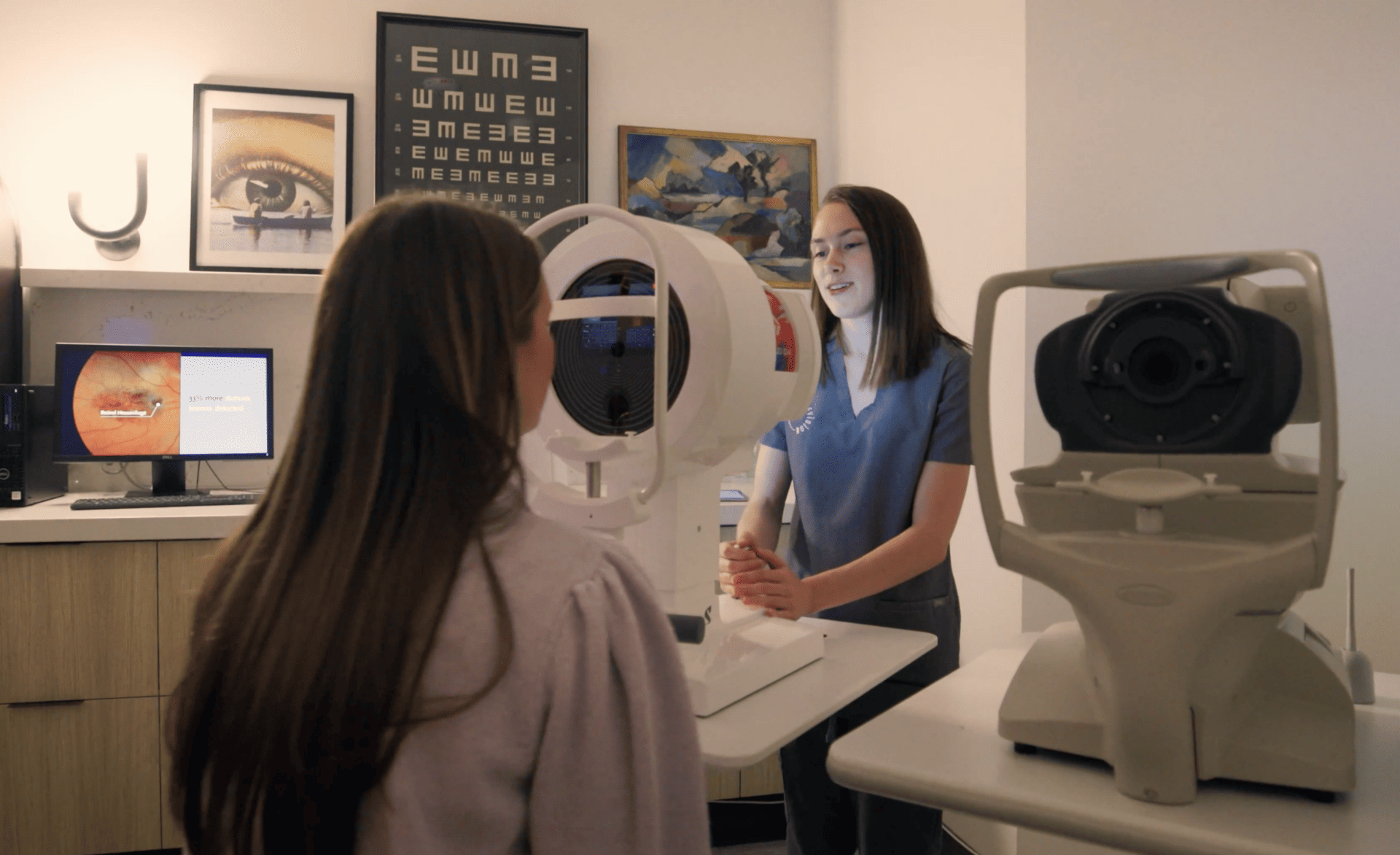
SHARPEVISION is bringing customized, all-laser LASIK paired with the most modern technology and techniques to everyone.
Is LASIK right for you? In most cases, yes! While not everyone can safely have laser vision correction, about 90% of the patients we see are great candidates for LASIK. And because we utilize the latest techniques and technology, we’re able to treat many patients who weren’t candidates in the past. So if you’ve been told that you aren’t a candidate for LASIK, you very likely could be at now at SHARPEVISION.
Dr. Sharpe founded SHARPEVISION MODERN LASIK in 2012 after 16 years of performing LASIK & vision correction procedures. He took the best of everything he’d observed, not just in medicine but in every consumer interaction he had, and translated it into a medical experience unlike any you have ever had. SHARPEVISION only uses the newest laser technology paired with highly trained surgeons, optometrists, and support team to deliver the best possible results.
As part of you comprehensive consultation, we’ll perform multiple diagnostic measurements, including 3-D measurements of the shape and thickness of your cornea, your prescription & glaucoma check (no air puff!) to ensure that your eyes are otherwise healthy. Our doctors will then evaluate & discuss all the data with you to develop a custom laser vision correction plan that is perfect for your unique eyes.
SHARPEVISION performs only all-laser LASIK. Prior to the mid 2000’s, a device with a steel blade was the only option to create the flap for LASIK. This is know as “standard LASIK.” Fast forward to today, an extremely precise femtosecond laser creates the flap on the cornea. It allows for a faster, safer, and more comfortable surgery and is a giant step forward in technology. It is the ONLY way we do LASIK at SHARPEVISION, because it is the very best for your eyes.
The majority of people -90%- who meet the age and general health requirements are good candidates for LASIK. Take our quiz to see if LASIK is right for you!

A comprehensive, dilated examination is the only way to know which vision correction procedure is best for you. We do this at no charge because we believe so strongly in giving patients all the information necessary to make the right treatment choice. While your exam involves comprehensive diagnostic testing, it is also our opportunity to learn more about you, your expectations & your lifestyle. All of these factors play an important role in recommending the best procedure for you. *Your visit may include dilation of your pupils, which will affect your eyesight for about 4-6 hours, as you may have experienced with a routine eye exam. Dilation is part of a comprehensive examination which is recommended every 1-2 years. If you prefer, we can defer that component, and it will not affect our ability to complete your vision correction consultation or your surgical outcome in any way. It’s a recommendation, not a requirement.
The complete exam can take up to 90 minutes. After all the data is collected, our doctor will examine you, discuss the treatment recommendation, and answer any questions you have.
We’d like you to leave your contacts out for 3 days prior to your treatment. After carefully reading through the entirety of the literature you will receive from your doctor, you will sign a copy of the informed consent in our office prior to the procedure. We’ll explain and give you written instructions for your post-op care, which includes using prescription eye drops for seven days following your procedure. You have the option to purchase the drops in-office (Recovery Kit) or fill the prescription at your pharmacy.
We understand that any eye procedure can be a scary thought, so we’ve worked very hard to make it easy for you. We offer an oral sedative (Valium) to help you relax, and we encourage you to take it if medically appropriate. We want your experience to be as comfortable as possible. All of your post-operative appointments will be scheduled before your procedure, so you can simply go home when the procedure is complete. Your surgeon will talk you through each step of the process, so you’ll know exactly what you will feel, see, and hear. He monitors your eye through the microscope at all times. The entire procedure takes about three minutes per eye. The first laser takes just 20 seconds. The second laser takes only 10-50 seconds, depending on the amount of your prescription. Not bad at all!
Immediately following the procedure, you will notice a change in your vision. It’s always foggy at first, but most people can see well enough to read a clock from across the room. Your eyes will be numb for 15-25 minutes; then they will start to water and burn. After LASIK, this discomfort usually lasts 4-5 hours. To help with the burning, we supply you with “comfort drops” in the Recovery Kit that contain numbing medicine and artificial tears. We will give you a cool compress to put on your eyelids when you leave the clinic, but it’s good to have another one waiting in the fridge at home. They will really help with the discomfort. Try to sleep or rest with your eyes closed. You may resume normal activities the same or following day. You can lift and exercise, but do not rub your eyes! Your vision may still be foggy, but this is a normal part of your healing process and will clear in the days and weeks following the procedure. Most people see well enough to work the next day.
Over the years, we’ve heard many myths about vision correction. We want to set the record straight and answer other common LASIK questions.
Watch Video
If you happen to fall in that small percentage of patients for whom LASIK is not the best option, there is still hope! You can get rid of your glasses and contacts with PRK, Monovision, EVO ICL™ and RLE.
We correct one eye for distance vision and the other eye for near vision using all-laser LASIK or PRK.
Micro-thin collamer lenses placed inside the eye to correct a variety of vision problems. Bonus: it won’t cause dry eye!
Laser-assisted exchange of your blurry lens with a new, multi-focal lens. No more readers and no Cataract surgery in the future!
Laser-assisted removal of your cloudy lens replaced with a new, custom lens. Get back the brightness and see near and far like you did when you were young!
No, the laser can’t burn a hole in your eye. But it’s a good question. Find the answers to our most frequently asked questions at SHARPEVISION. Some of them may surprise you!
One of the things that sets SharpeVision apart is that we have every technology available to get you out of glasses, so we don’t have to shoehorn you into a procedure that might not be the best fit for you. The biggest two factors that affect the procedure recommendation and outcomes are: age and amount of prescription. Also important is your anatomy and eye health.
Your age is important, because our eyes go through different stages:
Your prescription amount (degree of nearsightedness) is important for several reasons. The higher the degree of nearsightedness, the more tissue LASIK and PRK removes from your cornea, and each person has a slightly different amount, and limit. At SharpeVision we measure the thickness of your cornea with both sound and light to get a highly accurate measure. LASIK removes tissue from beneath the laser created flap. PRK removes tissue from the surface of your cornea.
Your ocular anatomy is important, in that some people are not LASIK candidates due to the shape and thickness of their cornea. If your cornea has signs of instability, or is too thin, we don’t operate on it. Some people can safely due PRK but not LASIK due to these same factors. Anatomy is also important when considering an Implantable Contact Lens (ICL) because you need adequate room between your natural lens and the back of your cornea to allow an ICL to be implanted.
Your eye health must be excellent to safely perform vision correction surgery. This is a big part of why we perform a free comprehensive exam at SharpeVision.
At SharpeVision, we offer LASIK, PRK, ICL, and IOL. The recommendation depends on your age, prescription amount, anatomy, and other factors. We spend a lot of time making sure you know the what, the why, and the pros and cons of our recommendation.
If your vision is worse after LASIK or PRK than it was before with glasses or contacts, it’s almost always due to dry eyes or residual prescription. Both of these are fixable with time (for dry eyes which is almost always the cause of foggy vision for a month or more after LASIK) or with additional laser to touch it up (which is necessary approximately 1% of the time and free for the first year after surgery).
Of course there are risks associated with every kind of surgery, and laser vision correction is no exception. To put it in perspective, however, the risk of laser vision correction is significantly less than the risks of wearing contact lenses. Yes, you read that correctly. The conclusion of a 2016 article from the academic journal Ophthalmology stated: “Compared with contact lens wear, current LASIK technology improved ease of night driving, did not significantly increase dry eye symptoms, and resulted in higher levels of satisfaction at 1, 2, and 3 years follow-up.” Price MO et al. Ophthalmology. 2016;123(8):1659-1666.
Most insurance/vision plans do not pay towards LASIK or PRK, but we do honor the discount from EyeMed, VSP, and Davis, so that if you’re a member, your out of pocket expense will be the same. Always check with your insurance carrier or health benefits administrator before coming in for your exam. A few forward-thinking companies are currently paying for some or all of their employees’ LASIK, PRK, and ICL including The Bill and Melinda Gates Foundation, Adaptive Biotech, and Zillow in Seattle.
